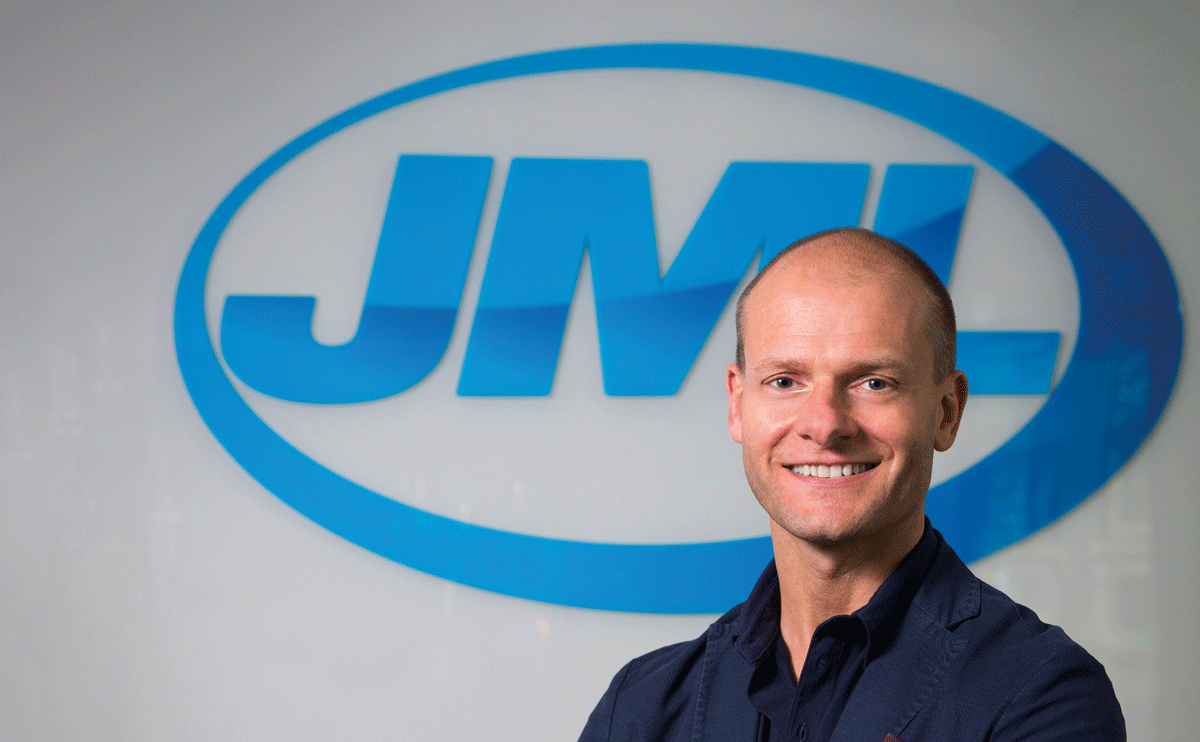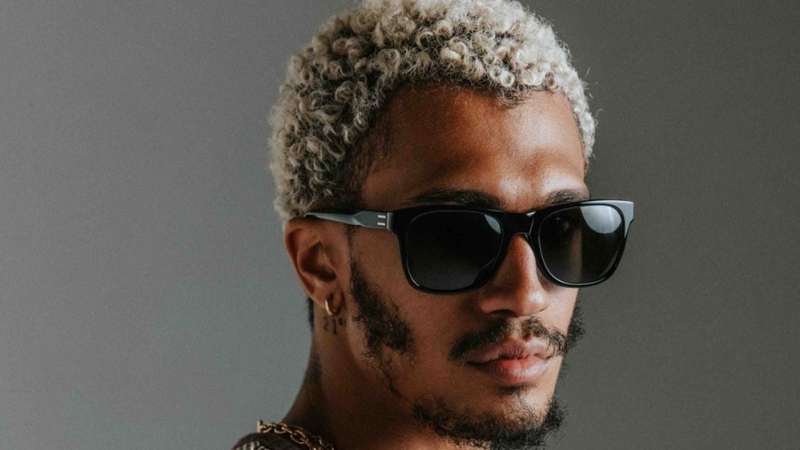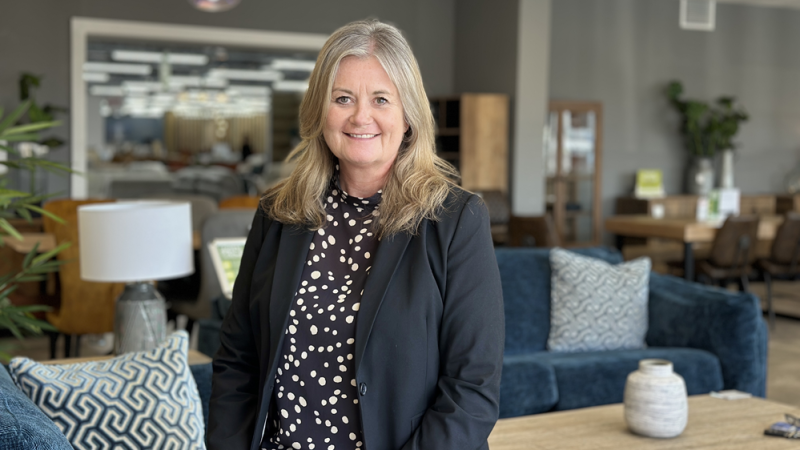How to tell the story of the JML Group? Perhaps the best person to ask is Ken Daly, JML Group’s CEO since 2011, and an expert on the marketing formula it has refined for selling goods through informational videos.
“It needs to be entertaining,” is the first thing Daly says. “Our videos are getting shorter and shorter, because people’s attention spans are. At the same time, if people think the video is an advert they will naturally walk past it. But if you say to someone, ‘I’m about to tell you a story,’ it gets their attention. People are naturally interested in stories and want to know the story behind the product if it is new and innovative.”
Daly is keen to tell the story behind JML Group itself.
“There’s nothing I like more than talking about JML, to be honest,” he says. “The company was founded in 1986 as an innovative consumer products company. We develop products which solve everyday problems across homewares, kitchenware, DIY, health, and beauty, and more. We really look to develop any product that makes the consumer’s life easier.”
The reason you probably recognise the JML name above other sellers with a similar portfolio is that with every product launch, JML produces a promotional video shown on a screen in-store alongside the products. JML has over 5,000 screens in stores around the UK promoting its goods, alongside TV advertising and a pioneering 25-year presence in online videos.
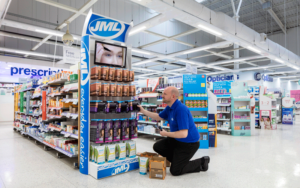 The Product You Did Not Know You Needed
The Product You Did Not Know You Needed
There is no sizzle without steak, and before a product features in one of JML’s famous videos, it must adhere to the company’s stringent standards.
“These products have to be big sellers with mass appeal,” Daly insists. “Everyone is a potential consumer for a JML product.”
These products can be found in Asda, Tesco, Boots, and Argos, and are also available through a range of direct-to-consumer channels. Selecting the products that make up that range is a long process that relies on a carefully developed combination of big data and human intuition.
“We search the globe for products that are trending, monitoring what’s advertised on TV, networking with businesses around the world, and scouring digital and online platforms” Daly explains. “From that comes a funnel of products that we review against a number of criteria.”
The most crucial of those criteria is the question “Does it solve a problem?” The answer to that question feeds directly into the next one.
“Is there a story to tell?” Daly asks. “We are about telling the story of products. Can we make a great video with this?”
These two questions are only the main differentiators in a checklist that includes the quality of the product itself, the reliability of the supplier, and the existence of a market to support that product. Only when a product satisfies these requirements can it go to stage two. This will see the product undergo a test in the marketplace, with JML creating packaging, marketing assets and the all-important video before watching how the product performs in a sample market.
“We create a microcosm of a marketing campaign and that data feeds in,” Daly says. If it generates the response, we need we will consider taking it to mass distribution.”
The Video Stars
The keystone of that campaign, once again, is the video. But why has video become JML’s medium of choice?
“It’s in our DNA,” Daly says. “Before I joined the business, its focus was on selling with live demonstrations. We had people in shopping centres and consumer exhibitions demonstrating the products. We demonstrated the features and benefits of the product, and a natural extension of that was to do it via video. Around the time I joined the company, we started doing that in shops where the economics of using a live demonstrator did not stack up, and we moved very high numbers compared to our competitors.”
Once you have a selection of can’t-live-without products, the next step is finding people with the skills to sell those products through JML’s language of video.
“People who are successful in the business tend to stay here a very long time and are passionate about the concept of the video,” Daly tells us. “They have to be able to make a very distinct type of video that tells the story of the product and makes the consumer want to buy the product. 100% of the people in the company are passionate about that. It is a very distinct strategy, but it is what we know and what we understand, and it has been very successful for us.”
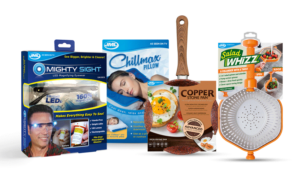 It has placed JML in a strong position as the rise of e-retail has transformed the way products are sold and marketed.
It has placed JML in a strong position as the rise of e-retail has transformed the way products are sold and marketed.
“Online is a big area of focus for us and we are spending more of our marketing budget on social media, but the really big opportunity for us still lies in retail,” Daly says. “It is a challenging environment, but a lot of retailers are doing really well in the UK but have yet to capitalise on the power of video in stores.”
Indeed, retailers themselves are starting to install their own screens after seeing the potential in the medium for corporate messaging or saleable advertising space, and this is creating new opportunities for JML.
“The media environment is increasingly fragmented, and it is getting harder to reach consumers. If you target at point of sale, you are targeting exactly the right person,” Daly points out. “I am excited about the potential to grow in the retail sector. The number of screens in the UK is much lower than our European neighbours.”
France, for example, has three major companies with a business model akin to JML’s, each with over three times more screens than JML has at the moment. That is a market with 45,000 screens in major supermarkets without hitting saturation point.
“There is an opportunity here to run media networks for retailers,” Daly says. “We can sell our own products while also managing the content for a whole fleet of screens on retailers’ behalf.”
This is only one of the ways that the JML model is expanding and evolving. The JML brand is beginning to spawn others.
“The core of the JML model is that everything is JML branded from housewares to cooking to beauty products,” Daly says. “But with beauty products, for instance, we are developing our Nu You brand into a whole range of products. We see an opportunity to move the JML logo to the back of the pack and focus on the Nu You brand, carving it out as a brand in its own right.”
This is not entirely new territory – JML has already had involvement with other start-ups that it has helped launch before divesting, staying involved only as a shareholder. With brands like Nu You and Copperstone Cookware in its portfolio, JML has plenty of room to expand, with the future looking well-lit for this retail fixture.
